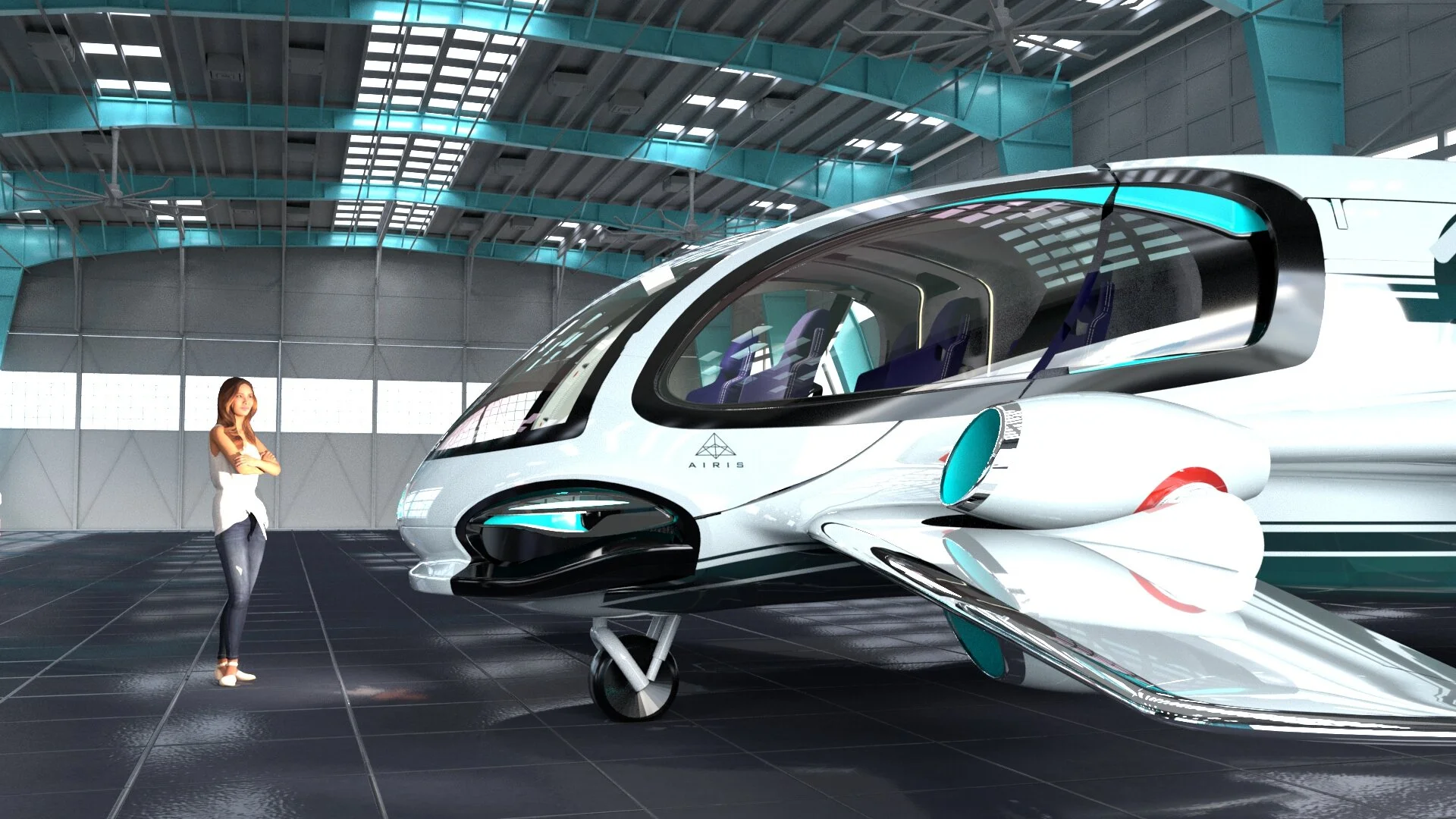Photorealism in CAD Design
As we’ve argued in the past, there is way more to industrial design than simply creating cool-looking products. When done well, it is informed by form, function and style. At DEQ, we strive to create cool-looking products that can actually perform.
One of the services we provide is rendering photorealistic 3D images of a product. With these images, companies find they’re better equipped to present product ideas to investors, customers, executives, etc. Here are a few examples of airplane interiors we’ve brought to life:
The software we use to render photorealistic images is Autodesk Maya. It is truly the industry standard. In fact, it was Maya that brought the blessed Marvel universe to life on the big screen. With this software, designers, artists, and animators have the ability to breathe life into whatever they’re creating.
We can take a 3D Solidworks model like this one and give it the exact properties the final product will have. While Solidworks is about dimensional accuracy, Maya wants everything to look real.
First, we take the 3D CAD model, unwrap it, and lay it out into 2D shapes for digital painting. We can paint physical properties (imported from a software called Substance Painter) onto the flattened model, then fold it back up into a 3D model with all the graphics applied.
The material properties can be rendered in minute detail. We’re talking about color, texture, lighting, you name it. We use real material samples that Substance Painter’s artificial intelligence can deconstruct and reconstruct in such a way that the image is indistinguishable from reality, from the way it refracts light to the tiny bumps in the grain.
Photorealistic rendering can help clients secure the funds or the team members they need to turn their dream products into real products. And we strive to ensure that the renderings we create not only look cool, but accurately represent a product that will perform in the real world. In other words, we make friends with both the marketing team and the engineers.
We also like to stay ahead of the curve. That’s why we’re not only offering photorealistic 3D rendering, but also augmented reality (AR) and virtual reality (VR) options to clients as well.
Interested in working with our studio?
At DEQ, your product vision can be brought to life. Contact us to learn more about what we can do to help your company create a photorealistic image of your next big product







